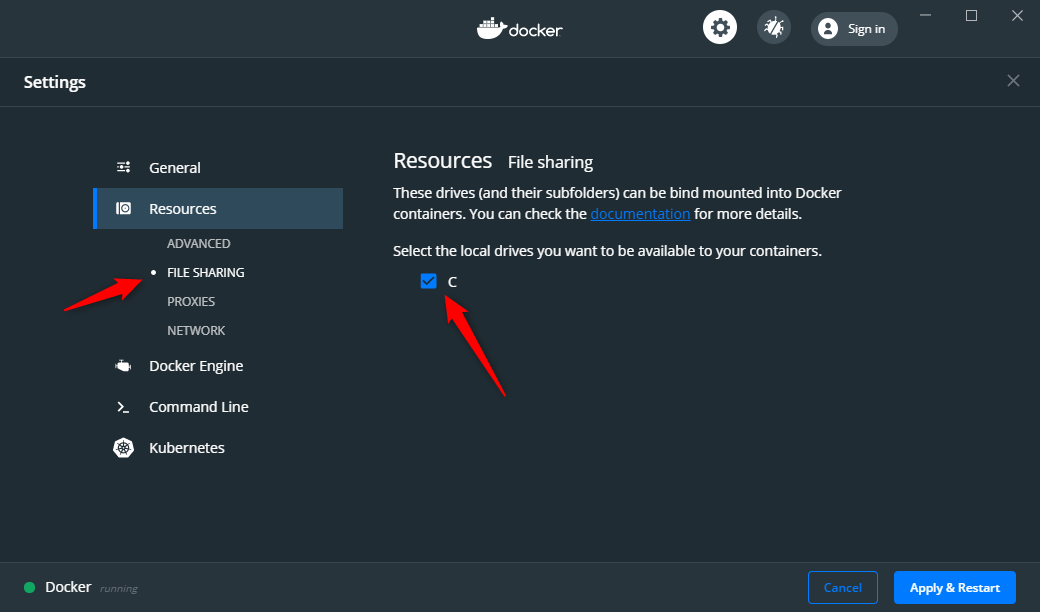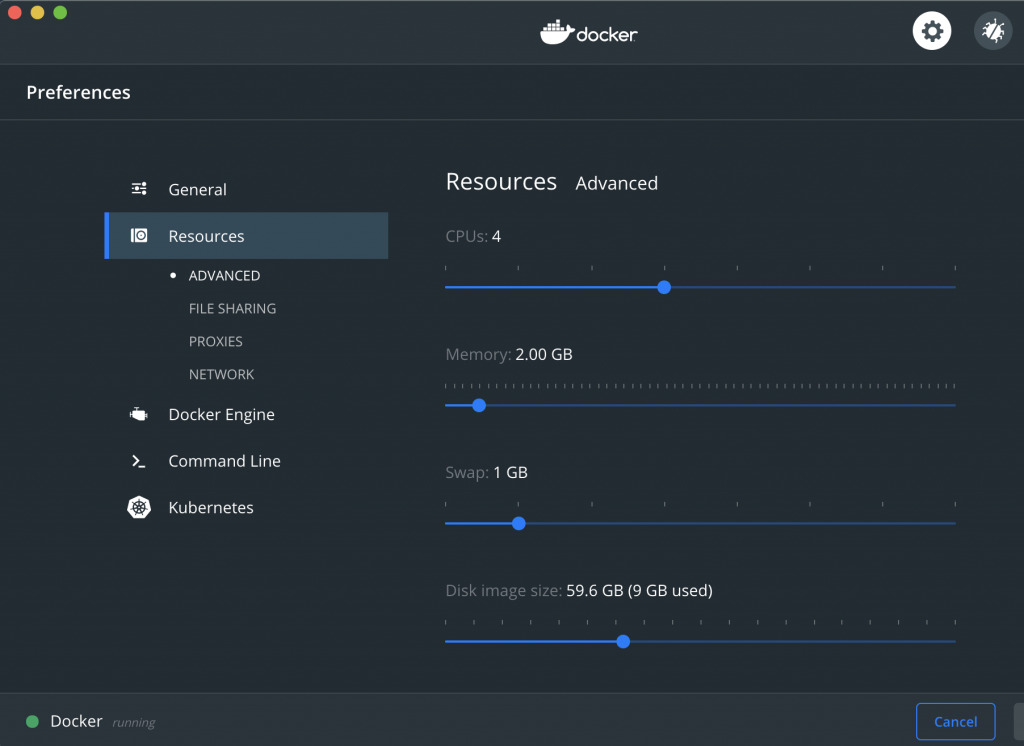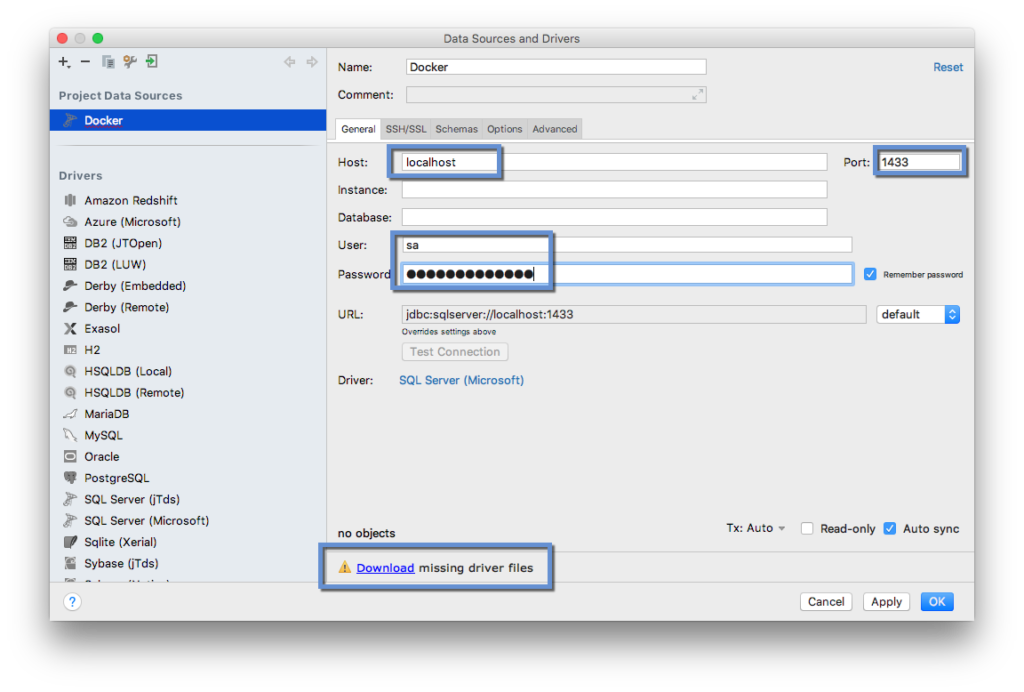
- INSTALL DOCKER ON MAC USING BREW HOW TO
- INSTALL DOCKER ON MAC USING BREW UPDATE
- INSTALL DOCKER ON MAC USING BREW PASSWORD
- INSTALL DOCKER ON MAC USING BREW DOWNLOAD
- INSTALL DOCKER ON MAC USING BREW MAC
INSTALL DOCKER ON MAC USING BREW HOW TO
This tutorial explained you to how to install NVM and node.js on the macOS system. Similarly, you can install other versions like Node 12, 15, and 18 versions and switch between them. To set the node 14.X as default version, simply use: nvm use 14 If you have installed multiple versions on your system, you can set any version as the default version any time. nvm install node # Installing Latest version nvm install 14 # Installing Node.js 14.X versionĪfter installing you can verify what is installed with: nvm ls You can also use aliases names like node for latest version, lts for latest LTS version, etc. Now, you can install any version listed in above output. To see available versions, type: nvm ls-remote Step 3 – Install Node.js with NVMįirst of all, see what Node versions are available to install. Go to next step to install Node.js versions with the help of nvm. The NVM has been installed on your macOS system. From the next login, it will automatically loaded.
It includes the appropriate OpenCL headers / includeINSTALL DOCKER ON MAC USING BREW MAC
Next, load the variable to the current shell environment. I just installed clBLAS on my mac (Monterey 12.4) using brew : brew install clblas. Press ESC + :wq to save and close your file. Edit the following configuration file in your home directory vim ~/.bash_profileĪnd, add the below lines to ~/.bash_profile ( or ~/.zshrc for macOS Catalina or newer versions) export NVM_DIR=~/.nvm Now, configure the required environment variables. Next, create a directory for NVM at home.
INSTALL DOCKER ON MAC USING BREW UPDATE
Update the Homebrew package list and install NVM. Now, your system is ready for the installation. brew uninstall -ignore-dependencies node brew uninstall -force node Step 2 – Install NVM on macOS My system already has installed node via Homebrew. If your system already has a node installed, uninstall it first. Login to the macOS desktop system and install Homebrew on your system (if not already installed) ruby -e "$(curl -fsSL )"įor more instruction visit Homebrew installation tutorial. You must have macOS desktop access with administrator privileges. This tutorial helps you to install NVM on your macOS system and manage Node.js versions. The macOS users can install NVM using the homebrew.
INSTALL DOCKER ON MAC USING BREW PASSWORD
Finally, we have the postgres user and the password we supplied to the container at runtime.The NVM (Node Version Manager) is a shell script used for installing and managing Node.js on a Linux-based system. In the connection screen in Arctype below, we have forwarded the docker port to another local port, 9.8.7.6 and we have determined that the localhost is the interface which Docker is running on. The root user for the database is postgres. When you first ran the container, you provided the root password for the postgres container as an environmental variable.

Username and Password for Postgres in Docker

HOWEVER, in most cases this WILL NOT be the hostname of the database. Next, you can get the IP address of the Postgres database in Docker by running the following command, using the name of your instance. I want to get the Docker CLI on a Mac, without installing Docker Desktop, and without installing Homebrew, for reasons (lets say Id rather just stick with the OSX convention of installing package bundles to the /Applications folder). Use the Docker Desktop GUI or the command line with docker ps to ensure that the container is running. docker run -name my-postgres -e POSTGRES_PASSWORD=mysecretpassword -d postgres

You cannot set this in the Docker Desktop GUI and must do so on the command line. Double-click Docker.app in the Applications folder to start. The Postgres image requires that you supply a root password. Double-click Docker.dmg to open the installer, then drag the Docker icon to the Applications folder. To get the latest one pull it on the command line: docker pull postgresĪfter you do this you can run docker images to see your postgres image or view it in the Docker Desktop GUI. Get the Official Postgres Docker ImageĬheck out the list of Postgres versions available in docker. The first time you do this there will be additional commands to run. Run Docker by using the command line or Docker.app. If you use Brew you can install Docker as a cask with: brew install -cask docker
INSTALL DOCKER ON MAC USING BREW DOWNLOAD
You can download the Docker installer from the Docker website.


 0 kommentar(er)
0 kommentar(er)
